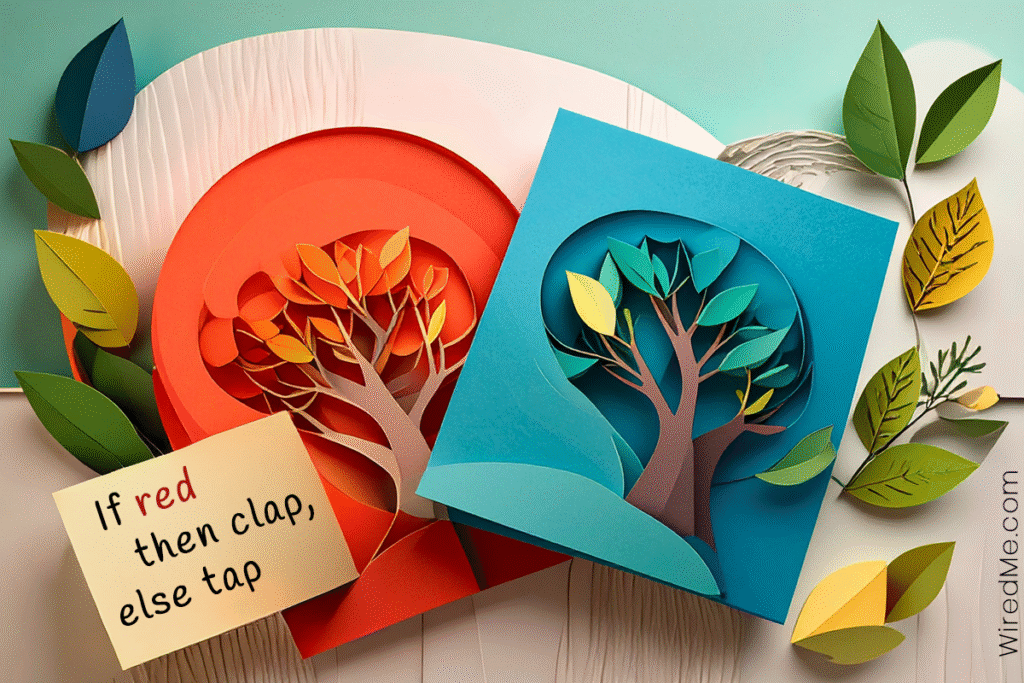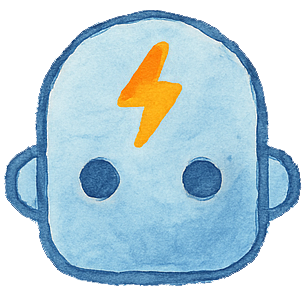Conditionals for kids are simply rules that guide action. A conditional tells what to do when a statement is true. Kids already use this thinking every day. If it is raining, grab a coat. If snack is done, then clean up. Because the idea is familiar, we can build it into playful, screen-free practice at home or in a small group.
Say it in kid language
First, keep the sentence short and clear.
If the rule is true, then do the step.
If the rule is not true, then do the (else) backup step.
Later, add else if to check a second rule. This gentle progression keeps choices calm and concrete.
Quick games to teach conditionals for kids
Game 1: Color Cards
Hold two cards: red and blue.
Rule: If I show red, then clap. Else tap your knees.
Next, switch it. If I show blue, then hop. Else freeze.
As kids pause to check the card, they practice the habit of thinking before acting.
Game 2: Weather Picker
Lay out two outfits.
Rule: If the card says cold, then choose the sweater. Else choose the T-shirt.
Add an else if: If cold, sweater. Else if rainy, raincoat. Else T-shirt.
Now there is a clear chain of choices. Kids compare, decide, and move on with confidence.
Game 3: Snack Timer
Set a short timer.
Rule: If the timer rings, then put dishes in the sink. Else keep eating.
Point out that only one branch runs at a time. Therefore, the check must come first.

Parent script
You: “What is our rule?”
Child: “If this is true, then do the step.”
You: “What happens if it is not true?”
Child: “We do the else.”
You: “What if there is a second rule?”
Child: “We try else if.”
K–2 tips
- Start with body moves and simple picture cards.
- Keep rules short with one action.
- Say the rule out loud before each round.
- Repeat the words if, then, else with hand motions for memory.
Grades 3–5 extensions
- Chain rules with else if to model real choices.
- Add a variable, like points. If you clap on red,
points = points + 1. - Try a nested rule: If the card is red, then clap. If the card is red and you are wearing socks, then clap twice.
- Write each rule on an index card first, then “run” it. This mirrors how code executes.
Why this matters
Conditionals control what code does in the moment. With steady practice, conditionals for kids build careful thinking. Children learn to check a rule, choose a branch, and explain why that branch ran. That is strong problem solving for code and for daily life.
Helpful resource
For a ready-made unplugged activity, try Conditionals with Cards at Code.org. It is simple, printable, and classroom tested.
What to read next
Algorithms for Kids step-by-step thinking
Loops for Kids repeat actions with control
Debugging for Kids fix small mistakes with a calm checklist


Leave a Reply